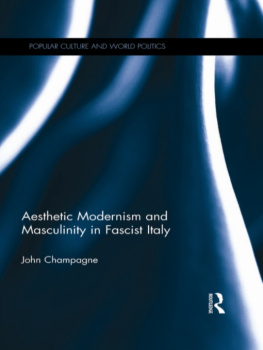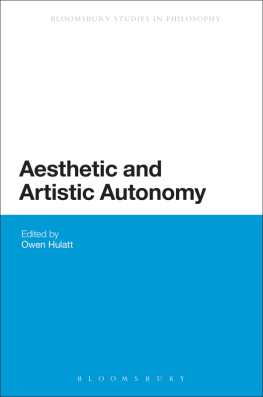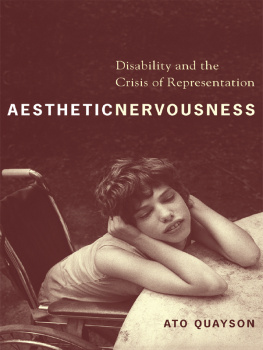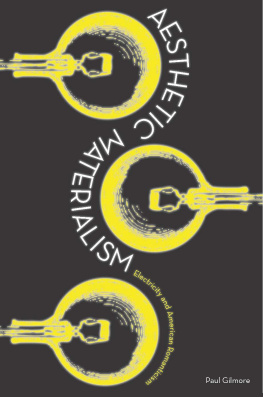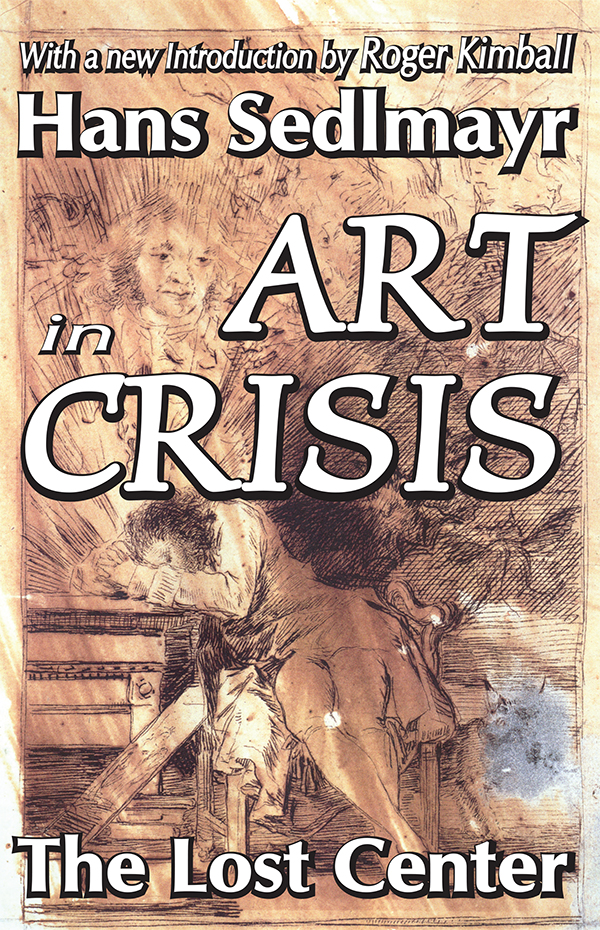CONTENTS
Originally published in 1957 by Hollis and Carter limited, London.
Published 2007 by Transaction Publishers
Published 2017 by Routledge
2 Park Square, Milton Park, Abingdon, Oxon OX14
4RN 711 Third Avenue, New York, NY 10017, USA
Routledge is an imprint of the Taylor & Francis Group, an informa business
New material this edition copyright 2007 by Taylor & Francis.
All rights reserved. No part of this book may be reprinted or reproduced or utilised in any form or by any electronic, mechanical, or other means, now known or hereafter invented, including photocopying and recording, or in any information storage or retrieval system, without permission in writing from the publishers.
Notice:
Product or corporate names may be trademarks or registered trademarks, and are used only for identification and explanation without intent to infringe.
Library of Congress Catalog Number: 2006050058
Library of Congress Cataloging-in-Publication Data
Sedlmayr, Hans, 1896
[Verlust der Mitte. English]
Art in crisis : the lost center / Hans Sedlmayr ; with a new introduction by Roger
Kimball; translated by Brian Battershaw.
p. cm.
Translation of: Verlust der Mitte. Salzburg : O. Miiller, 1951.
Includes bibliographical references and index.
ISBN 1-4128-0607-0 (alk. paper)
1. Art, European19 century. 2. Art, European20th century.
3. ArtPhilosophy. I. Title.
N66757.S4413 2006
709'.03dc22
2006050058
ISBN 13: 978-1-4128-0607-7 (pbk)
Publishers Note
The publisher has gone to great lengths to ensure the quality of this book but points out that some imperfections from the original may be apparent.
CONTENTS
I NTRODUCTION
The Theme
Limitations of the Thesis
Part One
SYMPTOMS
Part Two
DIAGNOSIS AND PROGRESS OF THE DISEASE
Part Three
TOWARDS A PROGNOSIS AND A FINAL JUDGEMENT

GOYA: DRAWING FOR TITLE PAGE OF LOS CAPRICHOS When reason dreams, monsters are born. (See page 141.)
Things fall apart; the centre cannot hold...
W B. Yeats
LIST OF ILLUSTRATIONS
Goya: Drawing for title page of Los Caprichos
Ledoux: Charcoal Kiln in the form of a pyramid
Ledoux: Cube House
Ledoux: Spherical House for a Bailiff
Ledoux: Circular House for a Wheelwright
Boullee: Cenotaph for Newton
Mausoleum in a half pyramid
Stadium for 300,000 spectators
City Gate
Gilly: Design for a Blast Furnace, 1804
Schinkel: Altes Museum in Berlin
13. Schinkel: Two designs for the Werdersche Kirche in Berlin, 1824-1825
Schinkel: Design for a Department Store, 1827
Horeau: Design for an Exhibition Hall in cast iron, 1837
Paxton: Crystal Palace, built for the Great Exhibition in London, 1851
Semper: Design for the Richard Wagner Festival Theatre in Munich, 1864
Cottancin: Palais des Machines for the 1889 International Exhibition in Paris
Gropius: The FagusWorks in Alfeld on Leine, 1912
Tony Gamier: Design for Central Station, 1901-4
Diagram of an American Warehouse
Leonidov: Design for a spherical building of steel and glass for a Lenin Institute near Moscow
Le Corbusier: Villa Savoye, Poissy, 1930
Le Corbusier: Apartment, 1929
Le Corbusier: Model of a Skyscraper in Algiers set on a steep slope, 1933
Flaxman: Hermes conducting the Shades of the Suitors to Hades
Turner: Storm at Sea, 1844
Goya: Demons in flight
Goya: Chronos devouring his Children
C. D. Friedrich: Mountain Calvary
C. D. Friedrich: The Wreck of the Hoffnung
Daumier: The Washerwoman
Daumier: Pygmalion
Delacroix: Sketch for the Ceiling of the Galerie dApollon in the Louvre, 1849
Grandville: Dream Transformations
Ensor: Insect Family
Elisor: Christ in Agony, 1888
Ensor: Masks confronting Death, 1888
Czanne: Landscape with Bridge, 1888-9
Picasso: Woman Ironing, 1903
Picasso: The Old Guitarist, 1903
Picasso: Street Singer, 1923
Kokoschka: Still life with Skinned Sheep
George Grosz: Draped Figure, 1936
Dal: The Temptation of St. Anthony, 1936
Rodin: The Tumbler
Rodin: Meditation
Rodin: The Cathedral
Maillol: Reclining Figure
[Today] we find a pursuit of illusions of artistic progress, of personal peculiarity, of the new style, of unsuspected possibilities, theoretical babble, pretentious fashionable artists, weight-lifters with cardboard dumb-bells.... What do we possess today as art? A faked music, filled with artificial noisiness of massed instruments; a failed painting, full of idiotic, exotic and showcard effects, that every ten years or so concocts out of the form-wealth of millennia some new style which is in fact no style at all since everyone does as he pleases.... We cease to be able to date anything within centuries, let alone decades, by the language of its ornamentation. So it has been in the Last Act of all Cultures.
Oswald Spengler, The Decline of the West
Beauty is the battlefield where God and the devil war for the soul of man.
Fyodor Dostoyevski, The Brothers Karamazov
Among the more remarkable books I first encountered in graduate school was a blistering polemic called (in English) Art in Crisis: The Lost Center. It was already long out of printand mores the pity. There is nothing else quite like it in the annals of conservative cultural speculation. The author was Hans Sedlmayr, an Austrian art and architectural historian whose primary field of expertise was Baroque architecture. Sedlmayr (18961984) was a founding member of the New Vienna School of art historians, a group that flourished in the late 1920s and 1930s and included Fritz Novotny and Otto Pcht (whose book The Practice of Art Historywas one of those omnivorous explanatory concepts that set susceptible academic hearts beating faster for two or three generations. Riegl believed that there was an intrinsic evolutionary logic to the development of artistic styles, one whose career (or careers) he and his successors proposed to trace and ruminate about.
It was a fertile ideafertile, anyway, in the production of papers and books. Sedlmayr edited a collection of Riegls essays in 1929 and, in 1931, published an essay called Zu einer strengen Kunstwis- senschaftToward a Rigorous Study of Artwhich distinguished between two approaches to the study of art. The first, empirical, approach focused on such pedestrian issues as provenance, chronology, influence, and patronage. The second, more exciting, approach endeavored to ride the wave of the Kunstwollen, to intuit the inner organization of the work of art. Both approaches, Sedlmayr said, were necessary to the discipline of art history, but the second (surprise, surprise) was more essential and more valuable than the first.



